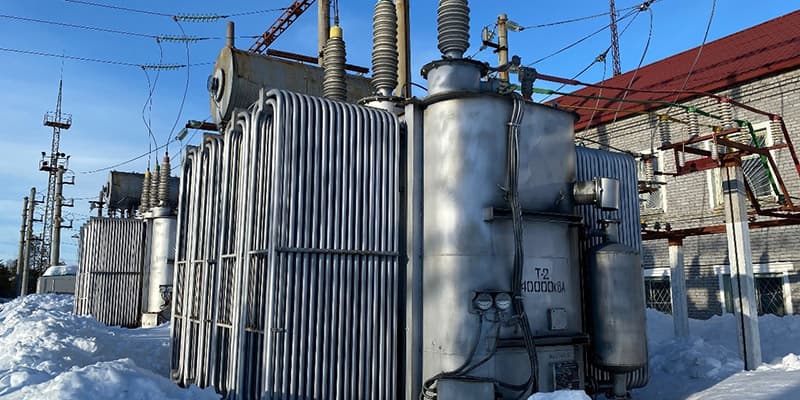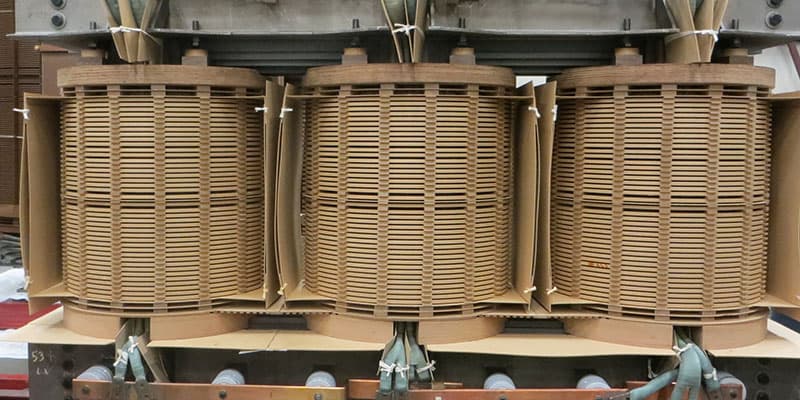Avoid Substation Transformer Failures through Awareness and Prevention
Substation transformer failures are few, but maintaining them is vital to keep them operating efficiently, extend their life, and keep electricity flowing to customers.
While the number of substation transformer failures annually is relatively small compared to the overall population of transformers, the impact of any failure is large—especially with an oil-filled transformer. Most communities’ substation transformers are aging while customers’ electrical power consumption continues to increase. With causal understanding and a checklist of preventive maintenance, you can keep your oil-filled transformer in operation longer.
What Causes Transformer Failure?
A high-performing transformer has cooling mechanisms to dissipate the heat it generates. External factors such as weather and internal factors such as mineral oil aging and poor maintenance can contribute to overheating, leading to insulation failures, the main reason transformers fail.
Several heat-generating conditions are working against your transformer’s insulation. Overloading a transformer, whether from a transient voltage or repeated incremental increase in load, will raise temperatures. If not controlled and reduced, those higher temperatures can lead to the cracking and breakdown of the transformer's insulation. Higher temperatures conditions can decrease a transformer’s life expectancy. Montsinger’s Rule says that a 10° C increase in transformer temperature will halve the effective life of transformer insulation.
If the transformer oil is exposed to water intrusion or oxygen, acidic contaminants and sludge can build up in the oil. Contaminated oil can no longer cool a transformer as originally designed, leading to further insulation breakdown.
How Can You Increase Your Resilience?
Proper maintenance of a transformer requires checking internal temperature gages and looking for gasses in oil samples. This information is your key to preventing failures. Most transformer problems are not lightning strikes—even though literal weather disasters do cause emergency situations—and with monitoring and awareness, you can correct problems early and prevent failures.
Temperature monitoring is an ongoing and essential part of transformer upkeep. Your monitoring equipment should watch the temperatures of the windings and at the top and bottom of the oil reservoirs. A temperature rise test can tell you how a transformer handles heat from daily loads.
Along with checking oil temperatures, you need to sample your transformer’s insulating oil regularly to determine its dielectric strength. Also known as its breakdown voltage (BDV), an oil’s dielectric strength tells its ability to serve as an insulator in the transformer environment. A decreasing strength or BDV signals the presence of moisture and/or other impurities in the oil. Conducting a dissolved gas analysis (DGA) can also help determine whether the oil is contaminated with gas or moisture, and what type of fault might have occurred to create the gas.
Learning As Prevention
Your substation transformer undergoes a lot of electrical and thermal stresses over its life, and we covered just some of those impacting insulating materials due to temperature change. One important reminder: If you have a specific failure in one transformer, use that as an opportunity to look at all your transformers.
If your transformer is showing signs of overheating or gasses in the oil samples, you may be thinking it’s time to replace it. However, many communities are struggling with extremely long lead times for new transformers. A quicker and more cost-effective alternative may be to remanufacture the transformer you currently own. If you’d like to find out if this is possible for you, please contact Jordan Transformer today.
.png?width=295&height=96&name=Untitled%20design%20(8).png)





